How and how to feed cucumbers in a greenhouse?
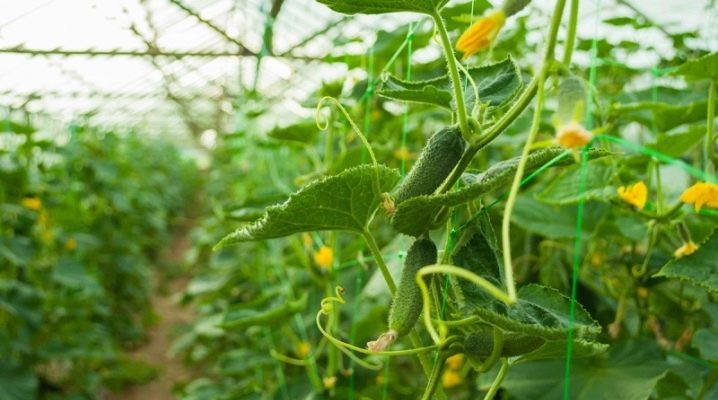
In recent years, summer on the territory of Russia does not differ in warmth and the prescribed amount of sunlight - rains abound, and sometimes frosts. As a result, many gardeners prefer to grow vegetables in structures such as greenhouses and greenhouses. However, even there, the harvest sometimes leaves much to be desired. In this article, we will talk about how and what to feed cucumbers in a greenhouse so that they bear fruit with dignity and are tasty.

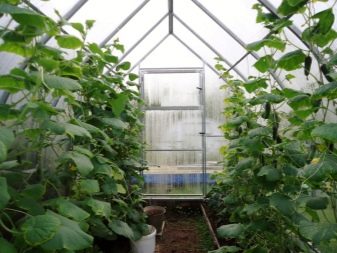
The need for feeding
First of all, it is worth answering the question, why do we need fertilizing at all, because when preparing the soil for planting seedlings, fertilizers have already been applied there. This is explained by the fact that cucumber bushes initially have a very weak root system, which is not able to extract nutrients from the depths of the soil. And since the green mass in cucumbers is formed very quickly, then all the reserves of elements from the upper layer are consumed almost in the first week.
And in order to provide themselves with a decent harvest, plants - strong immunity, the ability to resist various dangerous insects and diseases, and fertilizers are applied throughout the entire growing period. However, do not forget that the number of fruits formed is only the result of making appropriate dressings.
An important role in this case is also played by the indicators of air humidity in the greenhouse and the irrigation performed. Only taking into account all the factors, you can count on a decent harvest.
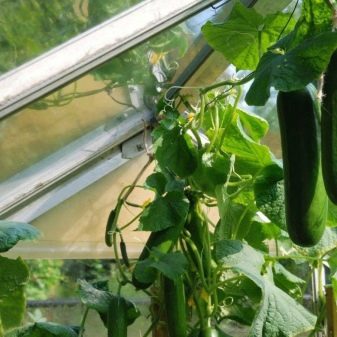
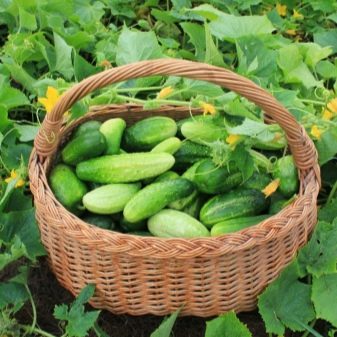
Fertilizer overview
Currently, the number of dressings used by gardeners is striking in its diversity. On store shelves, you can find mineral fertilizers and organic fertilizers, some even use their own prepared compositions to increase the yield of cucumbers.
Mineral
Let's start our review with mineral fertilizers, since they are the most affordable of all. Tuki (their other name) are substances that are distinguished by their inorganic nature of origin. They are presented in the form of mineral salts, which contain elements vital for the growth and development of plants, including cucumbers.
Top dressing with such substances is carried out immediately after the transfer of the formed seedlings to the greenhouse soil, but at the same time 3-4 leaves must appear on it. Finished mineral fertilizers include a number of useful elements, including potassium, nitrogen, phosphorus. Additionally, manganese, zinc, iodine, iron, boron, copper may be present there.
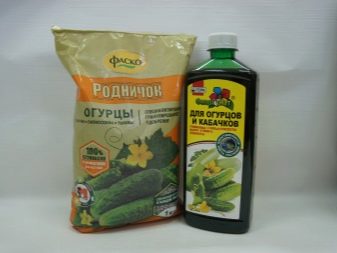
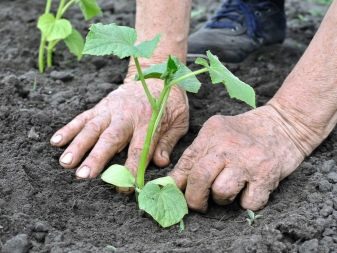
In the conditions of their own plot, gardeners can use the following types of fertilizer:
- sodium salt - the well-known soda is capable of accelerating fruiting, improving the taste of fruits, protecting against various infections and fungi;
- urea - since there is a large amount of nitrogen in the composition, it stimulates the growth of cucumber bushes;
- copper sulfate - effectively protects seedlings from various ailments;
- ammonia - plants begin to grow more actively, in addition, their external characteristics improve;
- calcium nitrate - promotes better assimilation of nitrogen by seedlings, which is especially important at the initial stages of the growing season;
- potassium nitrate - strengthens the root system, stimulates the development of green mass, guarantees resistance to adverse external factors (especially drought);
- boric acid - increases the number of ovaries, improves taste characteristics, provides a more active synthesis of biologically active substances;
- iodine - stimulates the formation of fruits, increases their number;
- superphosphate - strengthens the immune system, makes the shoots stronger, has a positive effect on the yield;
- potassium humate - activates the growth of seedlings, helps to strengthen the immune system, improves the keeping quality of vegetables.
In order to adequately provide cucumber seedlings with everything they need, it is recommended to mix ready-made mineral fertilizers.

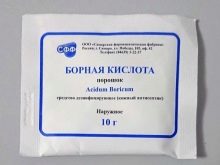
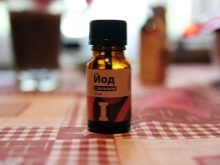
Organic
Many gardeners are adherents of everything natural, so organic fertilizing is used to fertilize cucumbers. Organic mixtures are optimally balanced mixtures that deliver nutrients to plants in the form of organic compounds. One of the easiest ways to saturate cucumber bushes with everything you need is to use the so-called green infusion... Each gardener cleans his area of weeds, which can not be taken outside, but placed in a barrel and filled with water. After letting the composition brew for 3-4 days, it can be used to fertilize seedlings, after diluting with water in a ratio of 1 to 5. With this infusion, top dressing is carried out only at the root, the consumption is 5 liters per 1 square meter. m.
Often they are pleased with the result of the owners of summer cottages bird droppings and mullein... If the latter does not need preliminary preparation and can be used immediately, then the former must ferment for several days after dilution with water. As in the previous case, solutions with the named components are poured in only under the root - foliage and fruits can be burned with them. Many do not use such a feeding, as they are afraid that the vegetables will have a "smell". However, you should not worry about this, since neither mullein nor chicken droppings affect the taste characteristics, especially if the bushes were previously tied up.
Named species manure enrich the land with useful components, so necessary for crops for development, guarantee the readiness of insoluble compounds by plant cells, strengthen plant immunity, increase productivity, and make the soil looser. In the summer, many people like to feast on their own cooked barbecue at the dacha. And here ash from a fire can be used with benefit - just for fertilizing greenhouse beds and plants growing on them. Its benefits are endless. Thanks to potassium and phosphorus, the root system is strengthened, green mass is more actively built up, sodium promotes better absorption of nutrients, magnesium stimulates the process of photosynthesis.
Fertilize best wood ashthat was obtained from burning young growth, hardwood and foliage.
In no case should you use ashes with particles of newspapers, plastic, painted wood. Potassium monophosphate can also be used for fertilizing, which increases the endurance of plants, stimulates fruit formation, does not affect the acidity of the soil, and is not toxic.
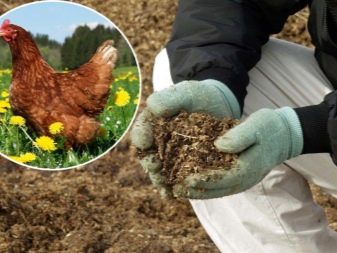
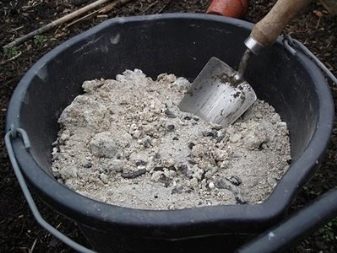
Folk remedies
Novice gardeners should remember that very primitive ingredients that are in every home can help cucumbers grow better. For example, onion peel. Top dressing with infusion from it greatly helps the bushes to form and develop better, improve the taste of vegetables and protect against pests and diseases. It is recommended to prepare fertilizers from the husks of yellow onions.
Many people know the beneficial properties yeast - they strengthen the roots, prevent the appearance of fungal infections, activate the growth and normal formation of the green mass. A mixture based on the named component is used for spraying and watering at the root. However, the smell of yeast dressing is quite specific, so it is better to prepare it immediately before use and in small dosages (for a specific number of bushes) or store it in a closed container.
If yeast was not found in the house, then alternatively you can use infusion of bread crumb. It has the same properties as the product described above. Zelenka can also help cucumber bushes grow better and form tasty fruits in large quantities. And all thanks to the contained copper, which improves metabolic processes, stimulates fruiting, protects against powdery mildew and root rot.
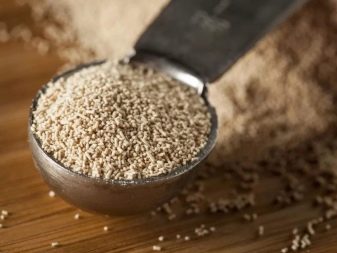

Many people choose a composition that combines brilliant green and iodine. However, it is not recommended to use it in a greenhouse, since the latter negatively affects the material of the building. The well-known soda is also used by experienced gardeners to fertilize young cucumber seedlings. It not only disinfects the soil, but also improves the taste of the formed fruits (sweeter), repels pests, prevents wilting and yellowing of the green mass. In addition, it is necessary even if the soil in the greenhouse is highly acidic.
Banana peel It is actively used by summer residents as a potash fertilizer, and this element, as a rule, is extremely necessary for plants, including cucumbers. First of all, it promotes better rooting of seedlings and strengthens the immune system. Thanks to other microelements (phosphorus, magnesium, sodium, a small amount of nitrogen), plants get sick less often and bear fruit better. Feeding based on such a popular pharmaceutical solution as hydrogen peroxide has properties similar to the previous case.
About the benefits milk heard by many, using it as a top dressing is the right step. Its beneficial effect, first of all, is that it fights well against insect pests, the digestive system of which does not assimilate lactose, as a result of which they die.
Diseases also less affect the seedlings of cucumbers, since the formed film coating prevents the entry of spores and fungi.

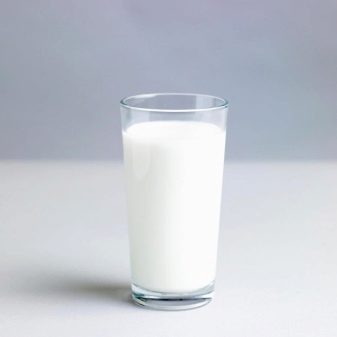
Application methods
You can saturate cucumber bushes with useful substances in different ways. Fertilization is considered the most common. into the ground near plants... Also often used spraying green mass. The best solution is still a combination of the two.
Under the root
This method is mainly suitable for strong and healthy plants: they will withstand the effects of liquid in the area of the root system... Nutrient mixtures are applied only to pre-moistened soil; they should have a temperature similar to that of the environment.
During this procedure, the roots of plants absorb nutrients from the ground and direct them to the stems and leaves, where they are properly absorbed. It is important to follow the instructions on the packaging exactly when root dressing. A weakly concentrated solution is not as dangerous for cucumbers in a greenhouse as an overly saturated solution. In the latter case, the roots of the culture can be severely damaged, because of which the plant will have to be dug up and thrown away.
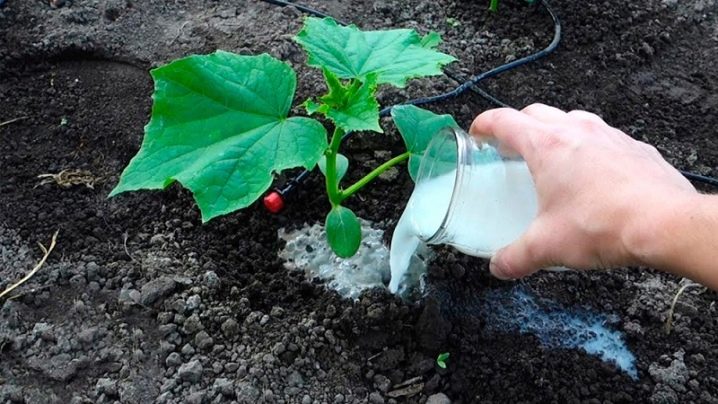
Foliar
As for spraying "on the leaf", they are resorted to only if the plant clearly needs some specific element: leaves wither or turn yellow, ovaries of future fruits are not formed, and more... When preparing the nutrient composition, the fertilizer is diluted in a large amount of water (it should be 2 times weaker than in the previous case, when using similar compositions), otherwise all leaves and ovaries will be destroyed. Unpleasant consequences in the form of, for example, burnt greens can be observed if spraying is carried out on a hot sunny day. To do this, it is better to choose cloudy weather, as well as evening or morning hours.
When irrigating, the drops should be as small as possible, because only in this way the plant will absorb the nutrients much more efficiently. And directed jets can easily damage the leaves and destroy the ovaries. Foliar dressing is more beneficial for cucumbers than root dressing.
This is especially true in the case of cold soils, when it is doubly difficult for plants to extract nutrients from it. And this is provided that the root system of the plants in question is notable for its small depth and weakness.
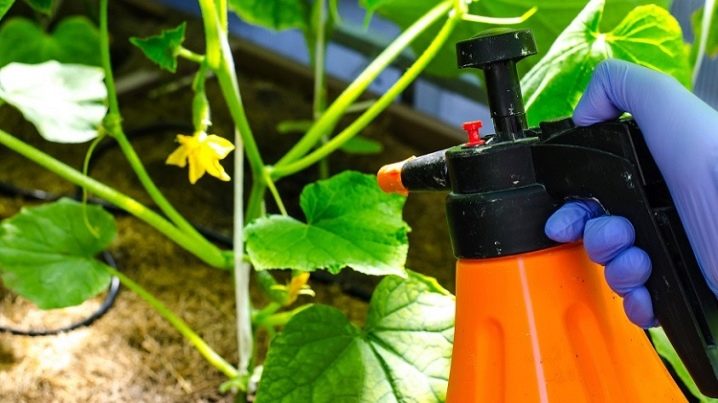
Main steps
As they grow and develop, cucumber bushes need different nutrients.
After disembarking
The transfer of seedlings from pots to the greenhouse soil is carried out when each of the young plants has 2-3 full leaves. Without consequences, this procedure will not work, because no matter how well everything is done, the culture will experience stress. Therefore, the first feeding will have to be carried out during this period (approximately 10-14 days after transplantation). To do this, choose compositions saturated with nitrogen, since it is he who contributes to the growth of green mass of planted seedlings: infusions based on mullein, chicken droppings, mineral fertilizers, compositions with yeast and ash.
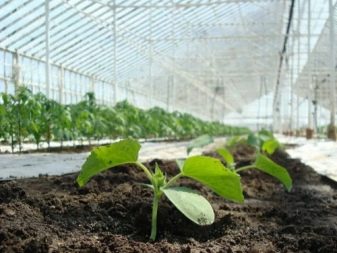
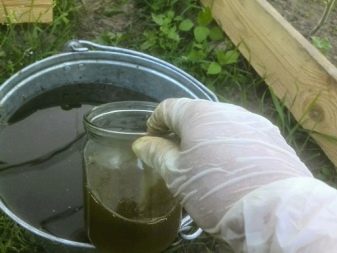
During flowering
Flowering is a very important stage for all plants, so it is very necessary to support them at this moment. During the mentioned period, potassium, phosphorus and nitrogen are vital for cucumbers.... Their intake can be guaranteed by: a herbal cocktail, a complex of potassium nitrate, urea and superphosphate, various types of manure, boric acid (irrigation).
During fruiting
During this period, which is quite important, the plants need potash fertilizers. Compositions can be used and those that were used earlier, or you can try other combinations: nitrophoska, mullein infusion, magnesium sulfate, complex mineral mixtures. To extend the period of fruiting, plants can also be fed by spraying the green part: urea, non-concentrated solution of complex fertilizers, growth stimulants, onion husk solution.
Cucumber bushes will delight with an abundance of fruits only if feeding was carried out not only during the periods discussed above, but also before and after that. For example, it is very important to saturate the soil in the greenhouse in the fall and spring. In the first case, it is advisable to use compost or humus for fertilization; with increased acidity, a certain amount of lime can also be added to this. In the spring (about 8-10 days before transplanting), mineral fertilizers are applied to the ground.
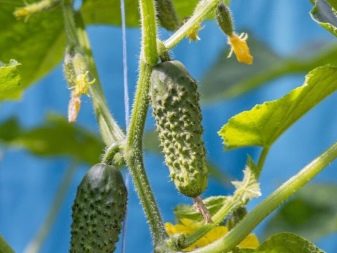














The comment was sent successfully.